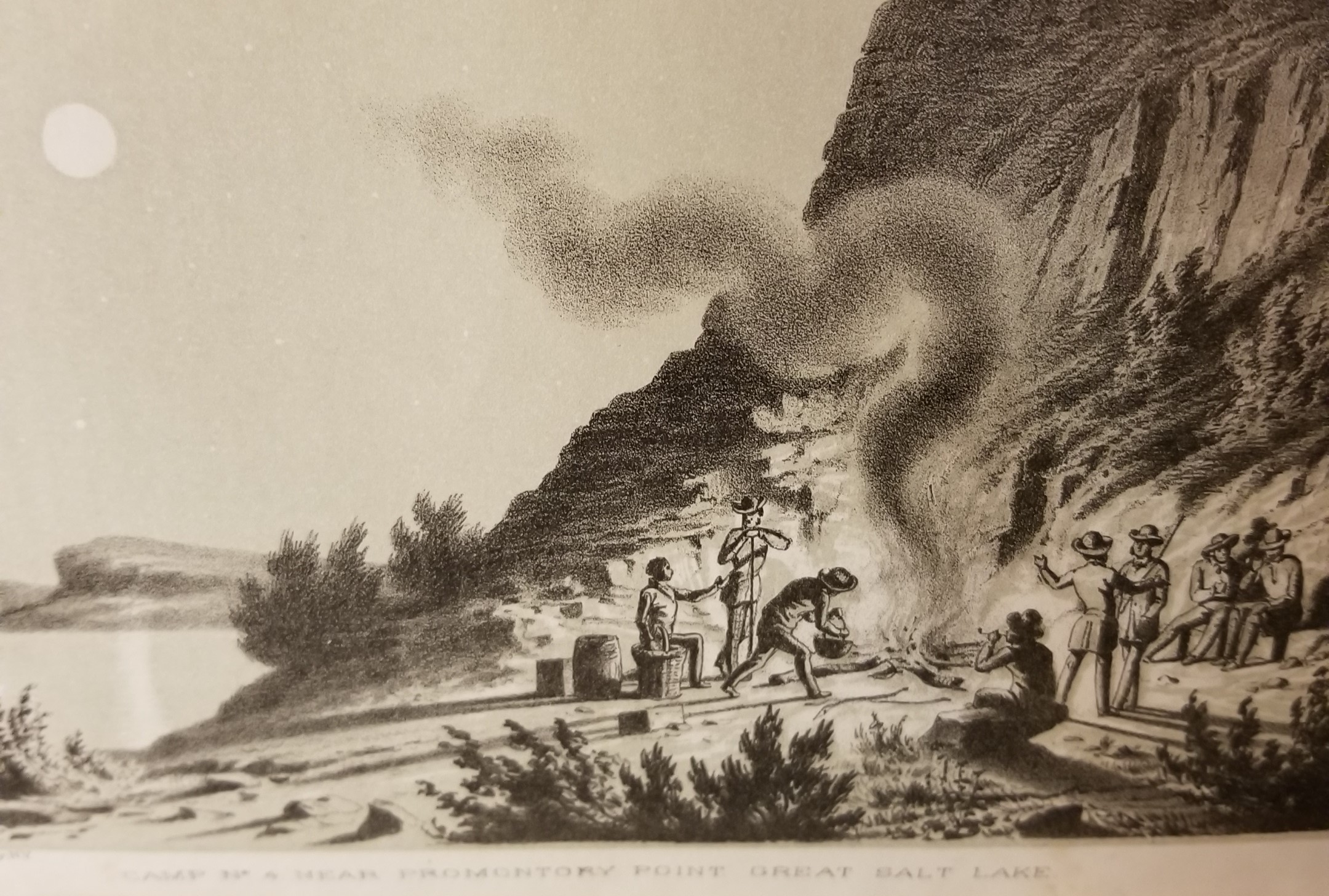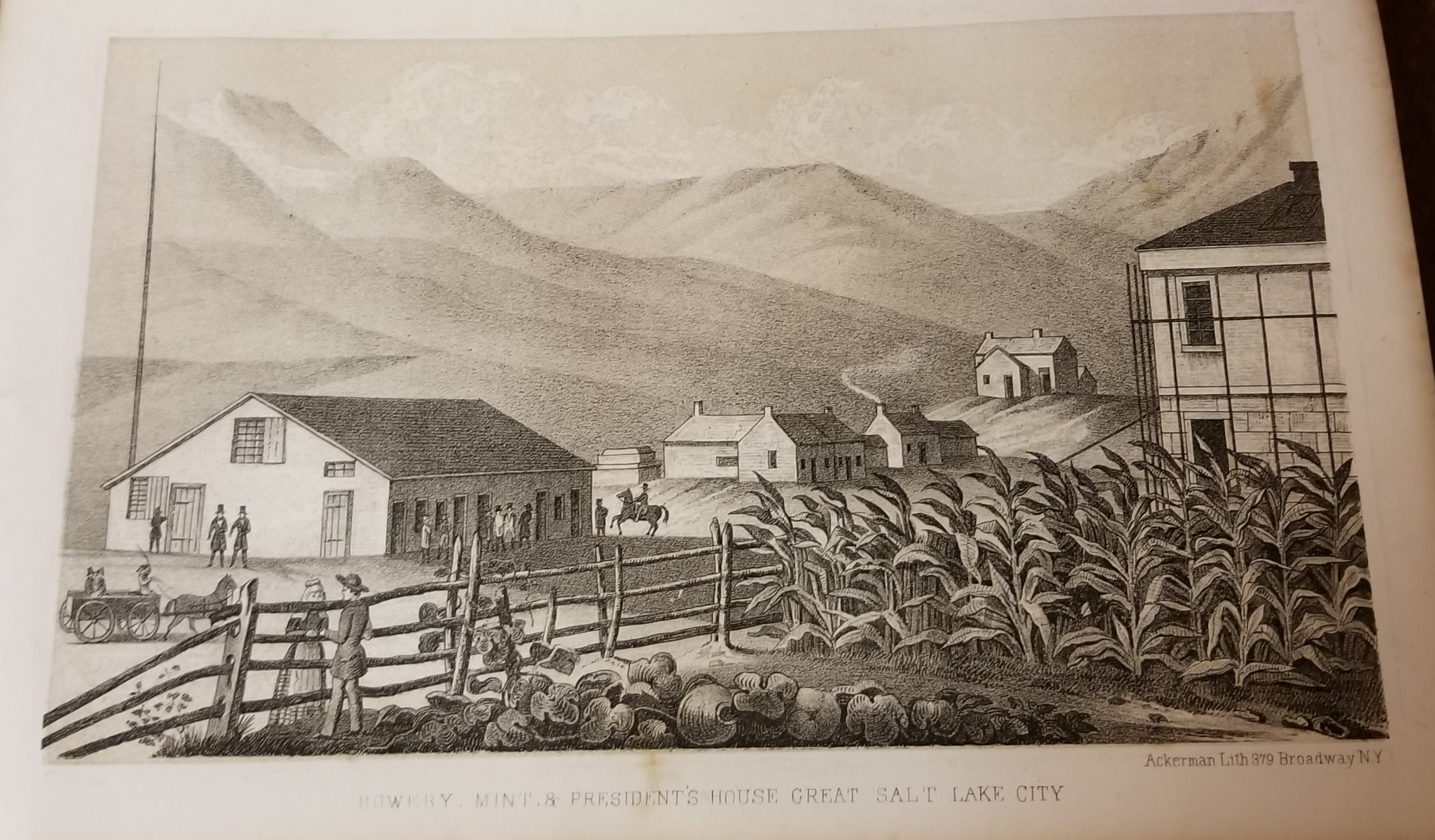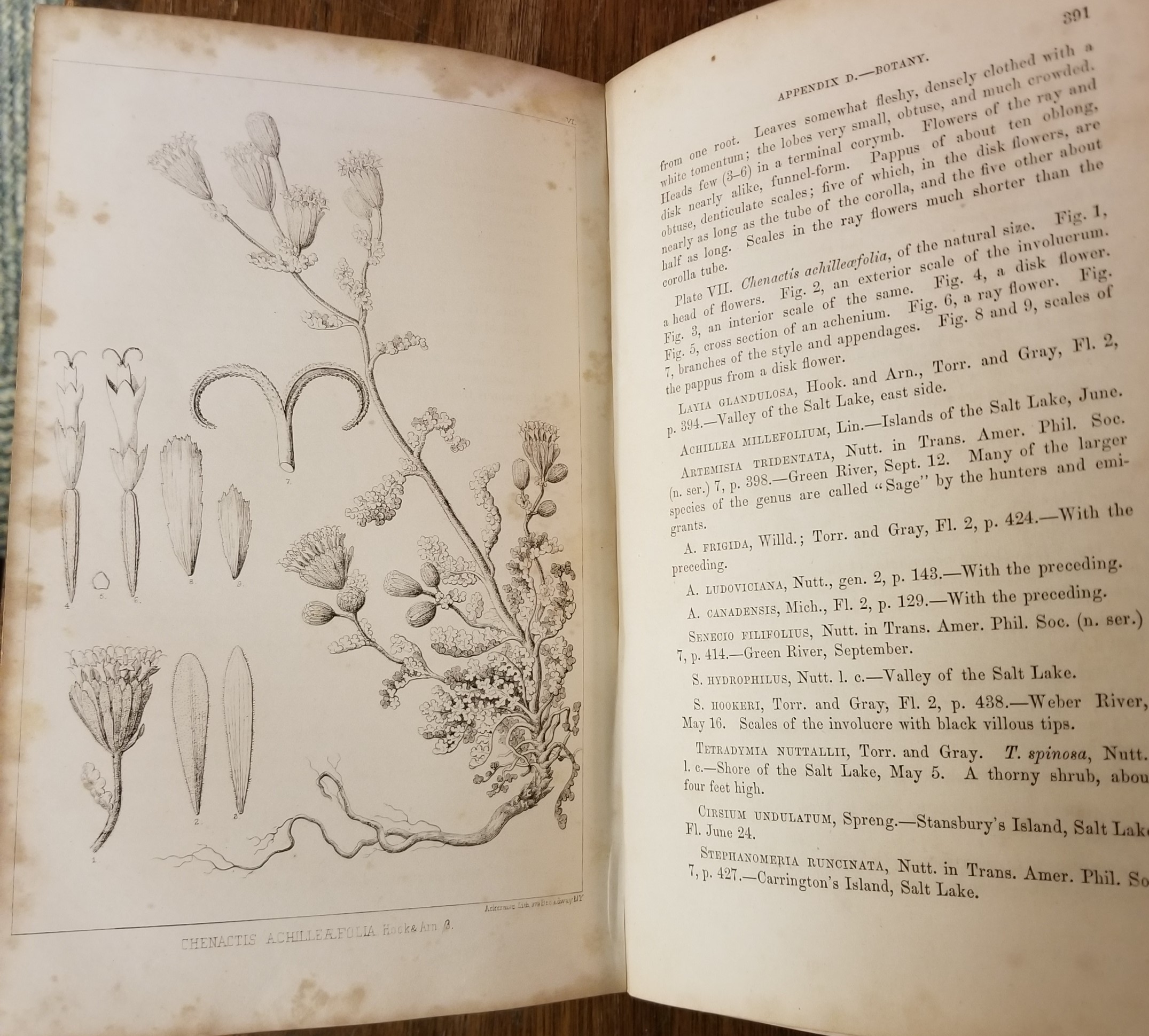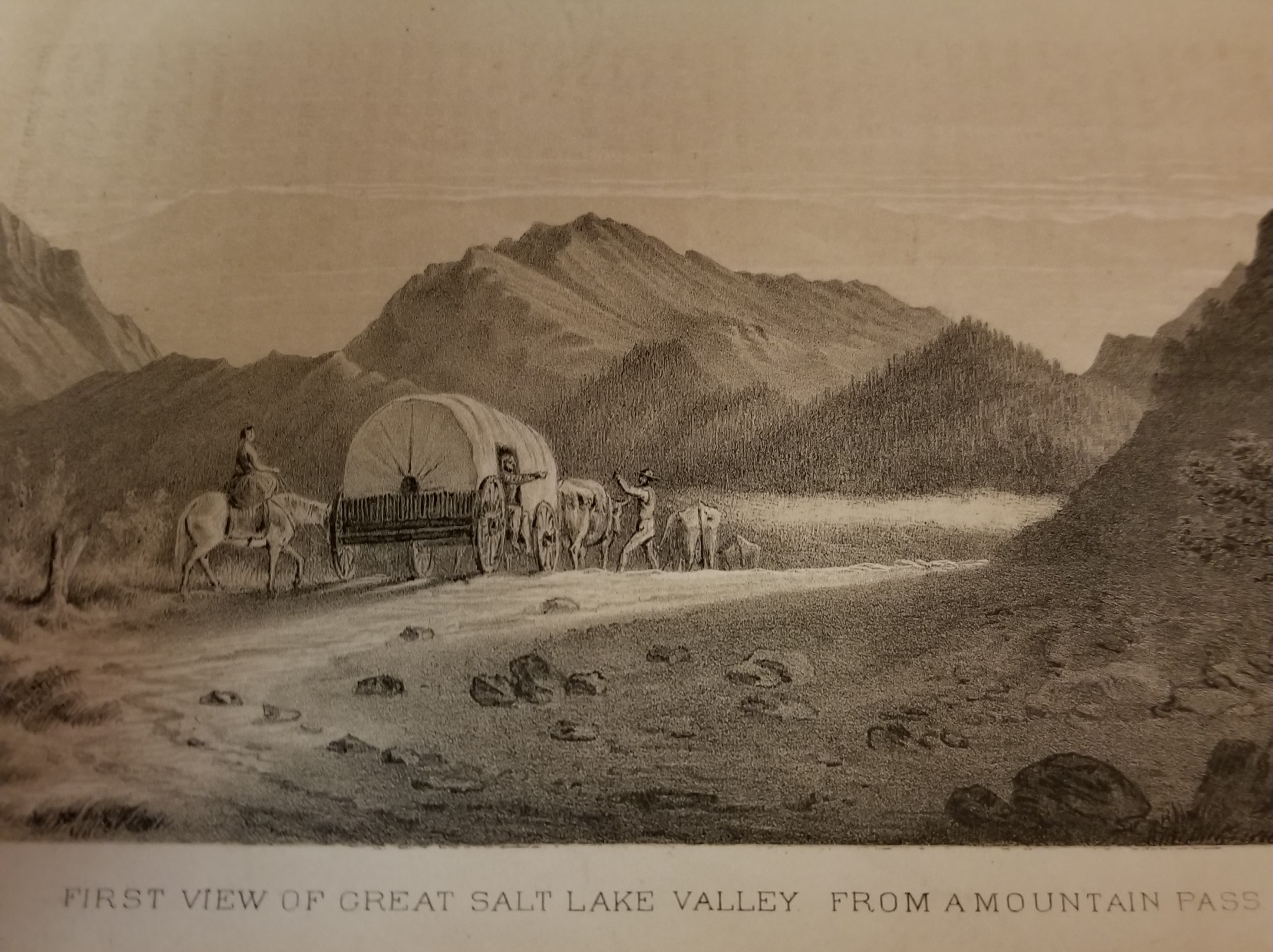At first glance, it may appear that the U.S. Congressional Serial Set is pretty dull stuff. Firstly, there is the sheer volume of material – over 13 million pages, or three-fifths of a mile of shelving.
 Then, there is the definition:
Then, there is the definition:
The Serial Set is comprised of the numbered Senate and House Documents and Senate and House Reports, bound by session of Congress. The contents of the Serial Set have varied throughout the publication’s history, and at times have included House and Senate Journals, and the reports of executive departments and agencies.
Each volume is assigned a Serial Number, beginning with the 1st Session of the 15th Congress in 1817. Reports and Documents for each chamber are numbered sequentially by either Congress or session, depending on the year of publication.1
Not very glamorous.
Finally, there are the volume titles, comprised of nothing more than congress session numbers and dates.
Not so alluring.
If the reader is willing to dig deeper, however, he or she begins to discover why it is that many consider the Serial Set the jewel in the crown of government documents.
An account of Howard Stansbury’s Great Salt Lake Expedition is such an example.
The spine reads “32d Congress, Special Session Senate, March 4-13, 1851.” In contrast to this stark label, the content is a treasure trove.
 Commissioned by the U.S. Army Corps of Topographical Engineers, Stansbury led a group of men, accompanied by mules, supplies and expectations west into Utah. Their main objective was to provide a comprehensive survey of the Great Salt Lake, the Jordan River and Utah Lake. In addition, they were tasked with reporting on the local Indian tribes, the newly-relocated Mormons and the navigability of the Great Salt Lake, all while simultaneously finding a good spot for a military post and a wagon road connecting the Great Salt Lake Valley to the Oregon Trail.
Commissioned by the U.S. Army Corps of Topographical Engineers, Stansbury led a group of men, accompanied by mules, supplies and expectations west into Utah. Their main objective was to provide a comprehensive survey of the Great Salt Lake, the Jordan River and Utah Lake. In addition, they were tasked with reporting on the local Indian tribes, the newly-relocated Mormons and the navigability of the Great Salt Lake, all while simultaneously finding a good spot for a military post and a wagon road connecting the Great Salt Lake Valley to the Oregon Trail.
 Stansbury and his group did not disappoint. His report was comprised of detailed maps as well as reports on mammals, birds, reptiles, insects, botany, paleontology, chemical analysis of mineral waters and meteorological observations.
Stansbury and his group did not disappoint. His report was comprised of detailed maps as well as reports on mammals, birds, reptiles, insects, botany, paleontology, chemical analysis of mineral waters and meteorological observations.
 As a daguerreotypist did not join the expedition, the volume contains numerous and charming depictions of the people and flora and fauna that dotted the remote landscape.
As a daguerreotypist did not join the expedition, the volume contains numerous and charming depictions of the people and flora and fauna that dotted the remote landscape.
So important is the Serial Set, that the GPO and the Law Library of Congress have teamed up to digitize the entire collection, even though it is already available commercially.
 Perhaps one of the most fascinating aspects of the Stansbury Expedition is that it is but one of many commissioned by Congress and available either digitally or at the Indiana State Library. It is little wonder that in his introduction, Stansbury imagined the reports that came out of the expedition would be of interest to readers as they were “so marked a characteristic of the present age.”
Perhaps one of the most fascinating aspects of the Stansbury Expedition is that it is but one of many commissioned by Congress and available either digitally or at the Indiana State Library. It is little wonder that in his introduction, Stansbury imagined the reports that came out of the expedition would be of interest to readers as they were “so marked a characteristic of the present age.”
So was the Serial Set 150 years ago, and so it is today.
This blog post was written by Kate Mcginn, reference librarian, Indiana State Library.
1. https://www.govinfo.gov/help/serial-set
